Search Images
Browse Content (p. 400)
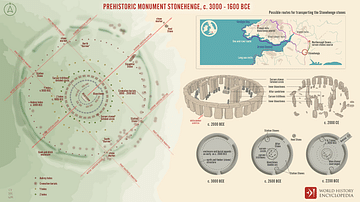
Image
Prehistoric Monument Stonehenge, c. 3000 - 1600 BCE
An infographic depicting the 5,000-year-old megalithic monument Stonehenge on Salisbury Plain in Wiltshire, England. The findings of a long archaeological investigation of the site that dates back to the 1660s and the antiquarian John Aubrey...
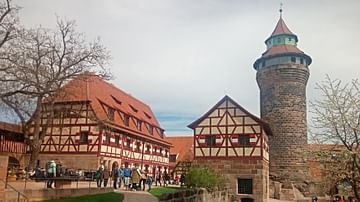
Image
Nuremberg Castle
The Imperial Castle is Nuremberg's landmark, a symbol for the power and importance of the Holy Roman Empire. Nuremberg (Nürnberg), first documented as a royal estate in 1050, was an important base for the domestic power politics during the...
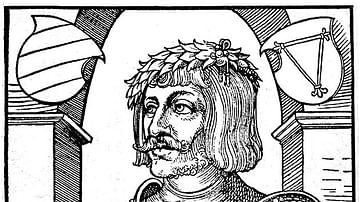
Image
Ulrich von Hutten
Woodcut print of Ulrich von Hutten (l. 1488-1523) from c. 1522 depicting the poet-knight who encouraged the Knights' Revolt of 1522-1523.
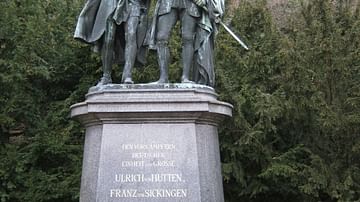
Image
Statue of Ulrich von Hutten and Franz von Sickingen
Statue of Ulrich von Hutten (l. 1488-1523) and Franz von Sickingen (l. 1481-1523), leaders of the Knights' Revolt of 1522-1523 in the Germanic territories of the Holy Roman Empire.

Image
New World Native Plants
New World native plants. Clockwise, from top left: 1. Maize (Zea mays); 2. Tomato (Solanum lycopersicum); 3. Potato (Solanum tuberosum); 4. Vanilla (Vanilla); 5. Pará rubber tree (Hevea brasiliensis); 6. Cacao (Theobroma cacao); 7...
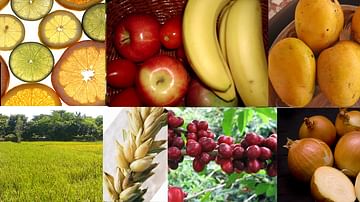
Image
Old World Native Plants
Old World native plants. Clockwise, from top left:
1. Citrus (Rutaceae);
2. Apple (Malus domestica);
3. Banana (Musa);
4. Mango (Mangifera);
5. Onion (Allium);
6. Coffee (Coffea);
7. Wheat (Triticum spp.);
8. Rice (Oryza sativa)
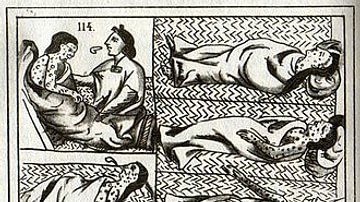
Image
Aztec victims of smallpox
Sixteenth-century Aztec drawings of victims of smallpox. Scanned from (2009) Viruses, Plagues, and History: Past, Present and Future, Oxford University Press, USA, p. 60.
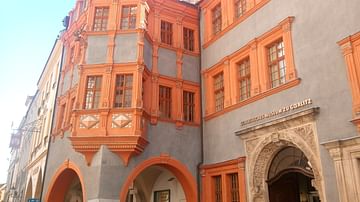
Image
The Silesian Museum in Görlitz
With 2,000 square meters of exhibition space, the permanent exhibition offers numerous insights into the diverse and eventful cultural history of Silesia and explores the multicultural character of the region's history with influences from...
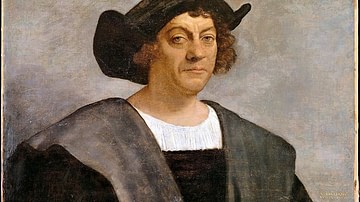
Image
Portrait of a Man Said to Be Christopher Columbus
Portrait of a man said to be Christopher Columbus (1446 - 1506). Oil on Canvas. Created in 1519. Christopher Columbus was a Genoese explorer (identified as Italian) who became famous in his own time as the man who discovered the New World...
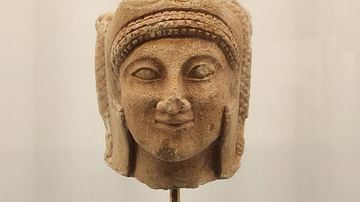
Image
Head of a Statue of the Cypriot Herakles
Herakles is wearing a lion's head with a wide-open muzzle as headgear. It belongs to a large series of Cypriot sculptures in which Herakles is represented holding a club in his right hand. There are traits in the typology of the work which...